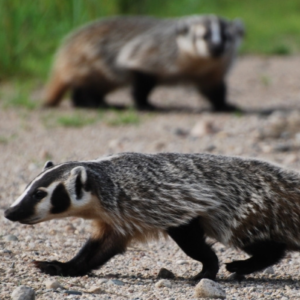
Whooping Crane Nature Canada
These cranes are able to fly for 10 hours straight and travel up to 750 km at a time! Unfortunately, they face threats even while making these flights. Save endangered species today by joining one of our campaigns! Help End the Extinction
Vital Signs
- Common name: Whooping Crane
- Latin name: Grus americana
- Conservation Status: Endangered
- Range: Northwest Territories, Alberta, Saskatchewan, Manitoba
- Life span: 22-30 years
- Size: Measure 1.5 metres from head to toe

Adult Whooping Cranes appear to be full white on their wings and body, but their wingtips are black—this can only be seen when they’re flying. These cranes also have black and red markings on their heads, and their beaks and legs are grey-black.
Whooping Crane Facts
- Is the tallest bird in North America
- Prefer breeding grounds like marshes, shallow lakes, and bogs that have a lot of aquatic plants
- Eat a variety of foods including snakes, small rodents, crustaceans, and more
- Also called “whoopers”
- Make a lot of different noises: whooping during courtship, “bugling” to say territory is occupied, and growling to newly hatched chicks

Threats
The biggest threats to the Whooping Crane are a loss of habitat quality and a lack of food. One of the most important meals for the Whooping Crane during breeding season is the Blue Crab, and it’s thought that factors affecting the crab population could seriously impact the survival of the cranes.
Whooping Cranes also face threats while migrating, primarily due to collisions with power lines and communication tower lines.
What’s Being Done
The Whooping Crane is federally protected under the Species At Risk Act and the Canada Wildlife Act. It is also protected under the Migratory Birds Convention Act (1994), which prohibits the harming of, killing of, and collection of the birds and their eggs.
The only place in Canada where these birds nest naturally is Wood Buffalo National Park, and there they are protected under the Canada National Parks Act. There is also no public access to the crane’s breeding ground from September to April, with the exception of park staff and scientists. They are also protected provincially under the Saskatchewan and Alberta Wildlife Acts and the Manitoba Endangered Species Act.

Canada has committed to the goal of protecting 30% of lands, ocean, and freshwater in Canada by 2030. This goal will help protect ecosystems, restore habitats, and fight climate change. All these things are a step in protecting Canada’s at-risk animals—so let’s hold the federal government to their promise.
How to Help
- Learn: Stay informed about endangered species by signing up for Nature Canada’s monthly e-newsletter.
- Help Out: Support conservation groups working to save the Whooping Crane and its habitat and become an Ocean Defender.
- Find out more: Help us end the extinction by taking action for nature today—visit conservation websites like Nature Canada or join one of our campaigns!
Resources
- COSEWIC – Assessment and Status Report
- Hinterland – Who’s Who: Whooping Crane
- SARA – Species Profile
Want to Help?
Hello nature life wilderness is the world’s envy. It’s our duty to keep our true north strong and green.
Donate

